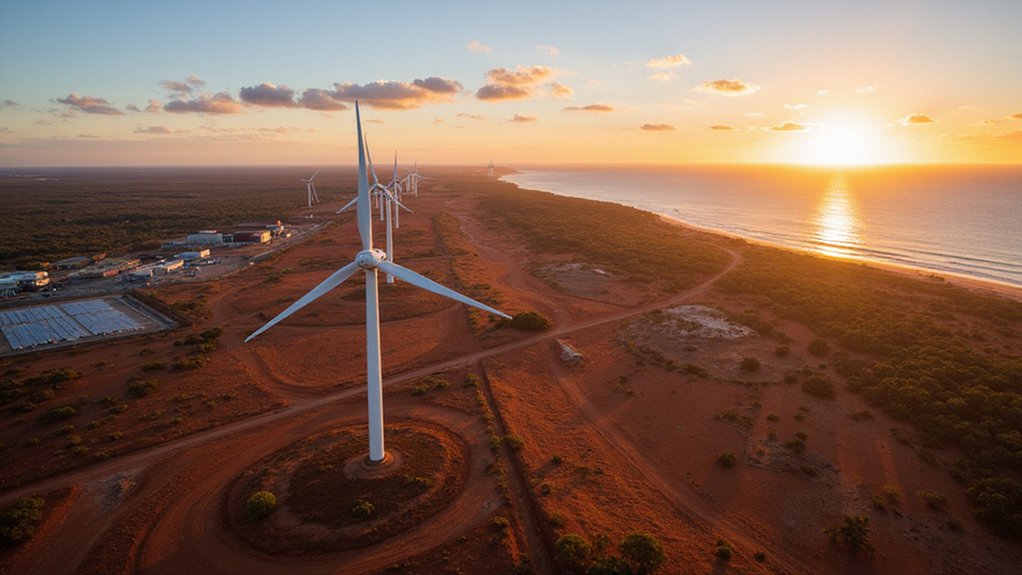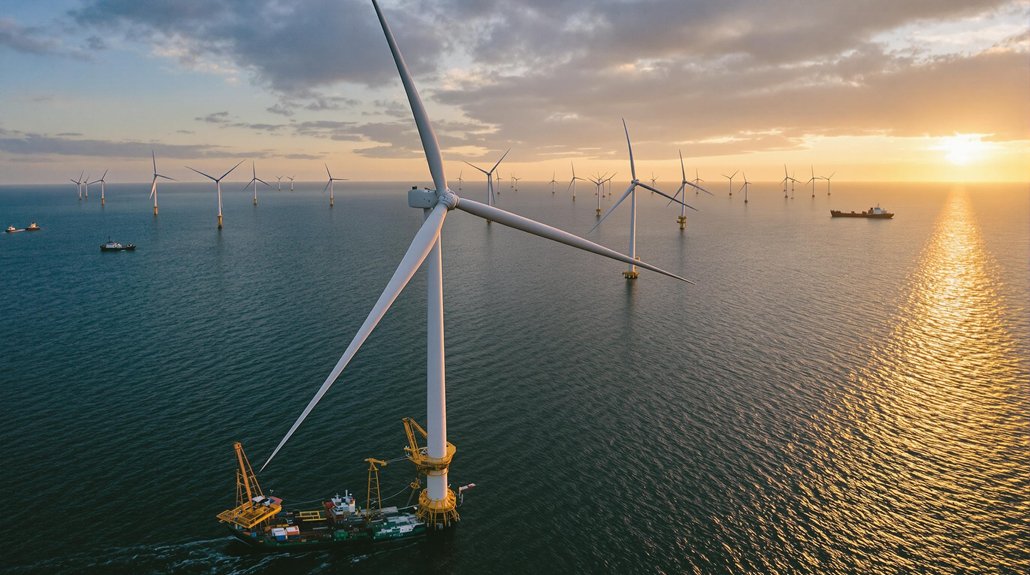The paradox stares you right in the face. Africa holds 60% of the world’s best solar resources, gets 62% of global energy investment attention, yet solar powers just 3% of the continent’s electricity. That’s not a typo. Three percent. In 2023, while the rest of the world races toward renewable energy, Africa’s vast solar potential sits there, mostly untapped.
Here’s what makes it worse. Capital costs for solar projects in Africa run 3 to 7 times higher than in developed countries. So even when investors show interest, the math gets ugly fast. The continent needs $200 billion annually to hit its energy and climate targets. It receives a whopping 3% of global energy investment. See the problem?
But something’s shifting. The Global Solar Council reports African solar installations will jump 42% in 2025. That’s real movement. From just 2.4 GW installed in 2024, the continent expects to add 23 GW by 2028, more than doubling current capacity. The Africa Market Outlook for Solar PV 2025-2028 provides comprehensive analysis of these emerging opportunities and key markets. Eighteen countries plan to install at least 100 MW of new solar in 2025, up from two countries in 2024. That’s progress, even if it’s overdue.
South Africa remains the only member of the ‘GigaWatt Club,’ with distributed solar making up 15% of peak demand. Egypt grabbed second place, representing 29% of the continent’s 2.5 GWp installed in 2024. Namibia and Eswatini hit 15% and 12% solar penetration respectively. Small victories in a massive challenge.
The drivers are obvious. Fossil fuel prices keep climbing. Power blackouts plague major cities. Growing industries need electricity. Renewable hydrogen and e-mobility projects demand clean power. Southeast Asia’s success story, with solar and wind generation increasing from 4.19 TWh in 2015 to over 50 TWh by 2022, offers valuable lessons for Africa’s renewable journey. Countries like Egypt, Zambia, Nigeria, and Angola stepped up with significant installations in 2024. West Africa shows particular promise, with Ghana leading the regional charge by adding 94 MW while Burkina Faso and Nigeria followed closely with 87 MW and 73 MW respectively. Even countries outside the “usual suspects” started landmark projects.
The solution isn’t rocket science. Africa needs cheaper capital, de-risking instruments, and private sector investment. Without fixing the financing mess, the continent’s solar paradox continues. All that sunshine, all that potential, stuck behind a wall of high interest rates and risk premiums. The math needs to change, or the paradox remains.
References
- https://www.globalsolarcouncil.org/resources/africa-market-outlook-for-solar-pv-2025-2028/
- https://www.intellinews.com/global-solar-council-forecasts-africa-solar-capacity-to-double-in-four-years-371703/
- https://www.globalsolarcouncil.org/news/global-solar-council-africas-solar-market-set-to-surge-42-in-2025-but-finance-bottlenecks-threaten-growth/
- https://www.ciphernews.com/articles/side-stepping-not-leapfrogging-africas-cleantech-innovation-paradox/
- https://allafrica.com/stories/202502060052.html








